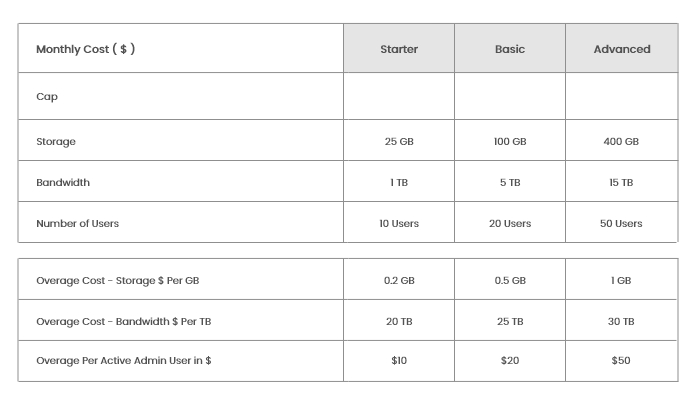



Proven Techniques, Tools, And Tips For RSS Blogging
Quick reports and news that can be easily read...
It's simple to become disoriented when learning something new due to the abundance of pertinent information available. You should be able to concentrate on the main ideas after reading this helpful blog.
An effective method for saving or keeping track of current information on regularly visited or favorite websites are Really Simple Syndication (RSS). RSS uses an XML code that continuously examines a website's content or subject matter for new information before transmitting the updates by feeding the information to subscribers.
Any website wishing to broadcast and publish material can use RSS feeds, however they are typically used in blogs or news websites. A headline, a small amount of text, and either a rundown or a quick review of the news or story will be included in any new information that is sent.
A feed reader, also known as an aggregator, is required in order to accept RSS feeds. Aggregators are widely and unrestrictedly accessible online, and with a little searching, you can choose a particular interface that most interests you. Additionally, RSS feeds can be accessed and read on PDAs and cell phones.
There are two ways to go about adding or inserting a website into the aggregator once you have found it. Nearly all websites that offer RSS feeds include an "RSS" or "XML" button on their homepage that, when clicked, adds that specific feed to one's aggregator. However, some aggregators demand that you copy the feed's URL and then paste it into the application. With the help of XML sitemaps, Hocalwire CMS can arrange and make searchable your unorganized, disorganized website.
Whatever the manner, you can be sure that the feed will be available as soon as you introduce it, and the next update could be up in just a few seconds. You can easily remove the feed from the aggregator if you decide you no longer wish to accept or take in updates.
You can subscribe to receive newsletters through email. Instead of having to wait for a specific time or day to get a news summary, RSS feeds can make it easier to stay up to speed on email changes because they are immediate and accessible. In addition, these updates will never be caught by a spam filter.
People who understand and value the accessibility of quick reports and news that can be easily read and only read selected updates that appeal to them frequently utilize RSS feeds.
Aggregators
After discussing these features of Blog RSS, let's move on to some of the other factors that should be taken into account.
Feeds are often used by aggregators, which come in several varieties. This view is created by web aggregators or portals as they are sometimes known, and then made accessible on a Web page. Additionally, Aggregators have been integrated into desktop users, email subscribers, and independent or specialized applications.
The aggregator is a flexible component that offers a variety of special capabilities, such as grouping numerous relevant feeds into a single display, hiding certain entries or statements that have previously been examined, and categorizing entries and feeds.
How come a feed is available?
Since your readers may now visit your site easily without even going in search of it, you will have more viewers. Although it may appear corrupt at first, it will actually increase the visibility of your website because users can easily navigate through it and view it however they choose. This makes it more likely that visitors will be aware if something of interest to them is available or accessible on your website.
For instance, your website announces a new feature each month. Without a feed, your audience will always need to remember to visit your site at a specific time to see if they find anything new—assuming they can remember and still have the time, that is. But if you provide your visitors a feed, they can simply point their aggregator at it, and it will immediately give them a link and a description of whatever is going on at your site.
Which format should you use?
Syndication is particularly difficult to understand because it employs so many forms that are frequently found on the internet. However, this is readily resolved because aggregators typically employ syndicated libraries in order to access specific syndication feeds because they have a specific format for a feed.
With this, the format you choose is purely a question of taste. Should it be included in Semantic Web systems, RSS 1.0 is useful and has a wide range of applications. It's really simple and quick to manually produce RSS 2.0. Stories are directly listed for indexing for the Google Discover Feature in the Hocalwire CMS editor's indexing features. The same is enabled by default for all tales, and the settings may be frequently repeated. Hocalwire CMS handles the technical parts of keeping Large Sitemaps, Indexing pages for Google, Optimizing page load times, Maintaining assets and file systems, and Warning for broken links and pages while you handle all these non-technical components of SEO for Enterprise sites. If you're searching for an enterprise-grade content management system, these are significant value adds. To learn more, Get a Free Demo of Hocalwire CMS.

